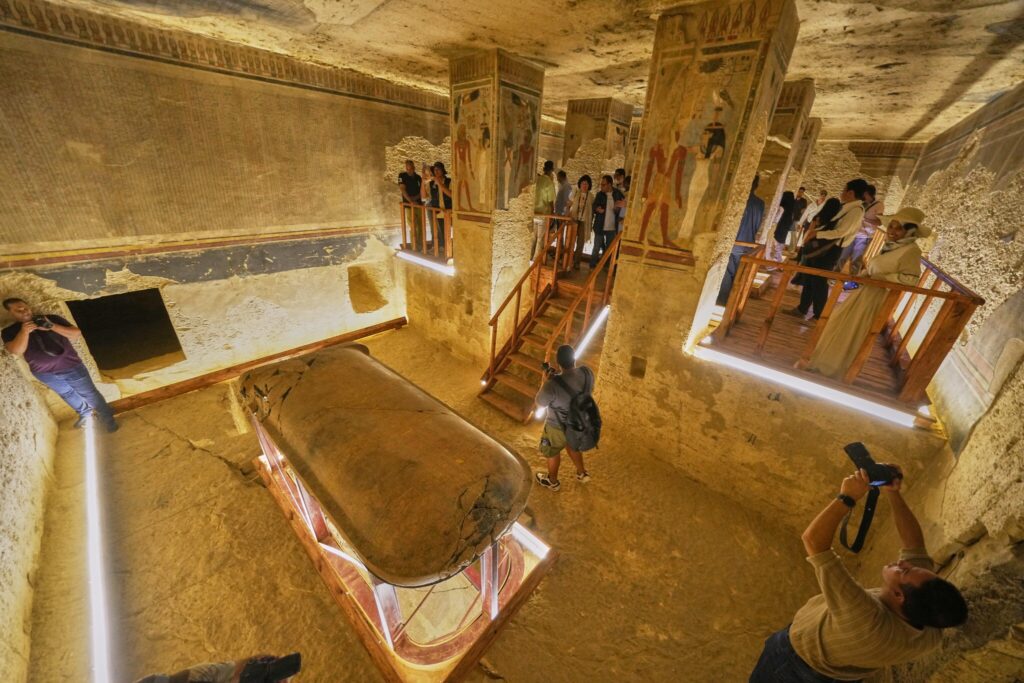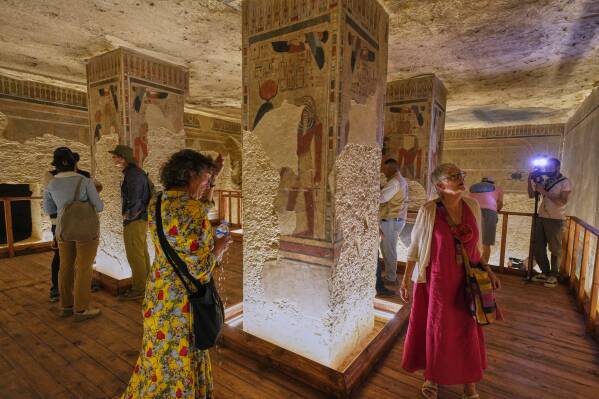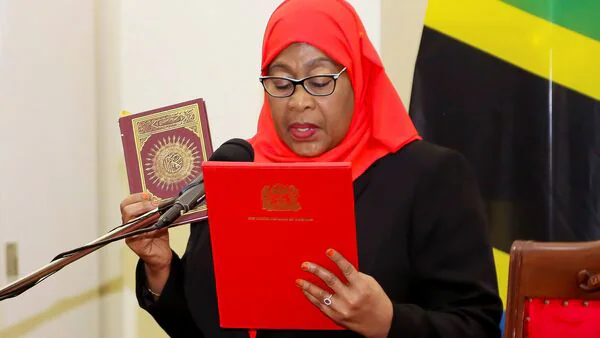
Egypt has reopened the tomb of Pharaoh Amenhotep III in Luxor after more than 20 years of restoration. The tomb is located on the west bank of the Nile, near the Valley of the Kings, and is a key site from ancient Egypt’s Eighteenth Dynasty.
Amenhotep III ruled from around 1390 to 1350 BC and is remembered as one of Egypt’s most powerful and prosperous pharaohs. His reign was a time of wealth, impressive building projects, and strong international influence.
The tomb was first discovered in 1799 and later rediscovered in 1915 by archaeologist Howard Carter. Unfortunately, it had already been looted, leaving the sarcophagus missing except for its broken lid.
A Japanese team, supported by UNESCO, led the restoration work. They carefully preserved the tomb’s wall paintings, which show Amenhotep III and his wife, Queen Tiye, in vivid scenes with gods and other figures. Experts say these paintings are some of the finest examples of artwork from the Eighteenth Dynasty.

The reopening comes just weeks before the Grand Egyptian Museum near the Giza Pyramids officially opens, as Egypt aims to attract more tourists and boost its cultural tourism.
Tourism Minister Sherif Fathi said the sector is growing strongly, with visitor numbers increasing by more than 20% this year. He emphasized that restoring historic sites like Amenhotep III’s tomb is a major part of Egypt’s efforts to bring in more international visitors.



























